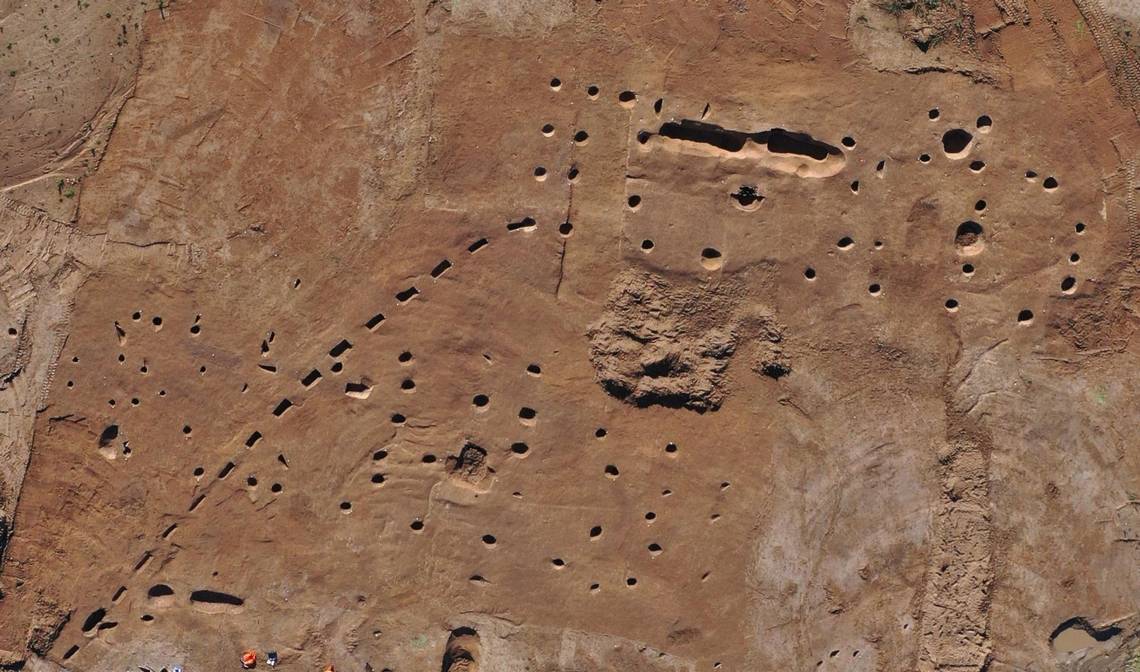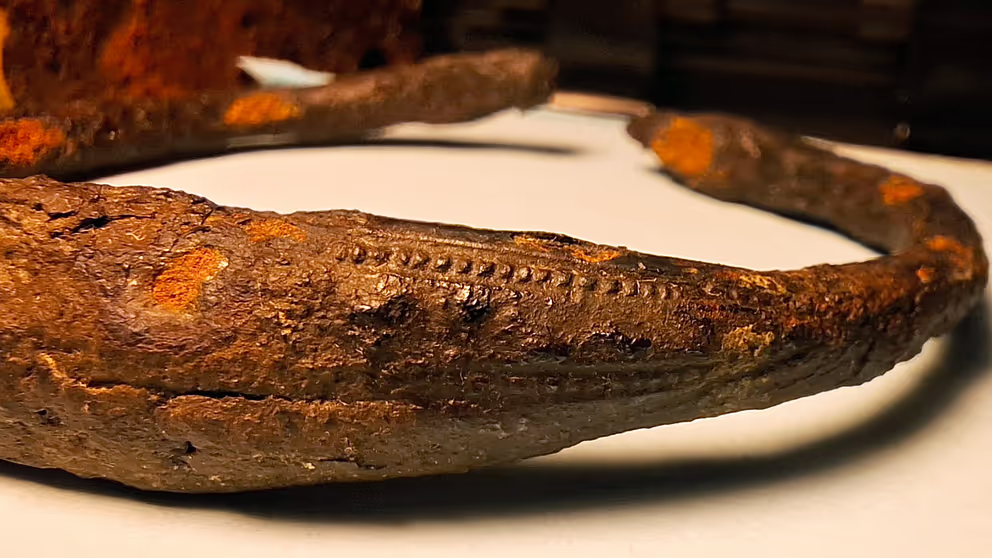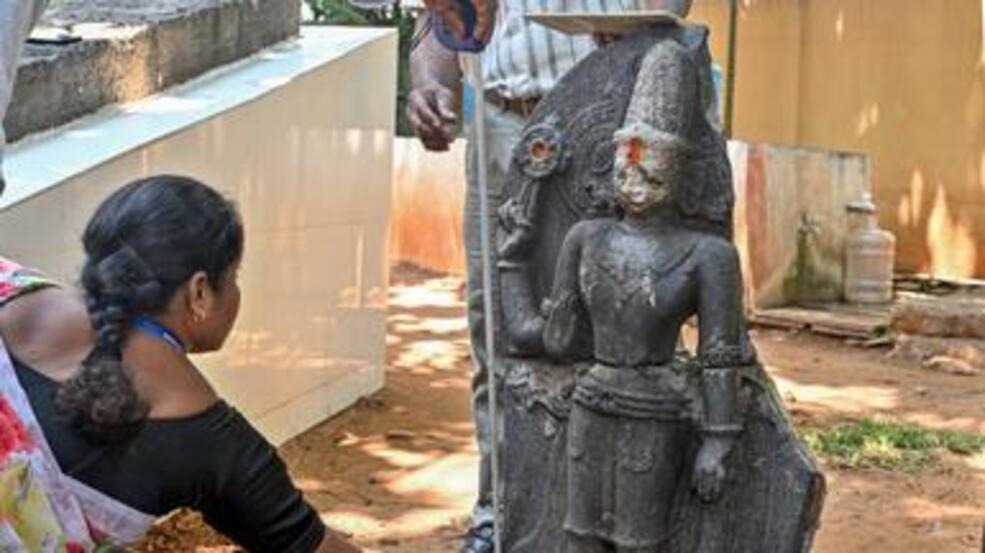Archaeologists have discovered a significant settlement in the Hauts-de-France region of France, dating back approximately 3000 years to the Late Bronze Age and Early Iron Age.
This important discovery, made during excavations at the Escaut Valley Business Park in Onnaing, reveals a densely populated village that may have served as a central hub for large communal gatherings.
The site covers an area of over 7.4 acres and has revealed more than twenty buildings, some of which are rectangular and over 80 feet (25 meters) in length. The architectural layout suggests a well-organized settlement, indicating its importance within a wider network of prehistoric communities in the region. The density of structures and artifacts points to a vibrant social and economic life, with evidence of daily activities such as spinning, weaving, metallurgy, and food storage.
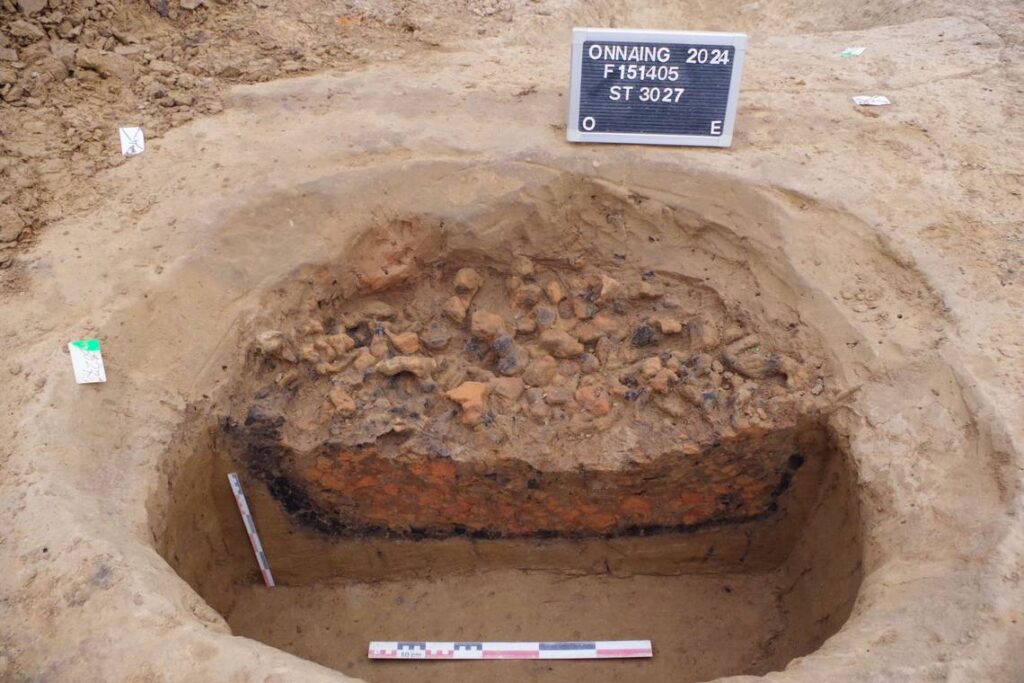
A well-preserved wooden box, approximately 18 inches (45 centimeters) long on each side, is an intriguing find that has puzzled researchers regarding its original purpose. The box, built with minimal metal components and vertical planks, remains a mystery, warranting further investigation into its use.
The excavation also revealed various combustion structures, including large circular pits and rectangular kilns, raising questions about their functions. Circular pits found within dwellings were filled with materials exposed to high temperatures, suggesting they may have been used for cooking or ceramic production.
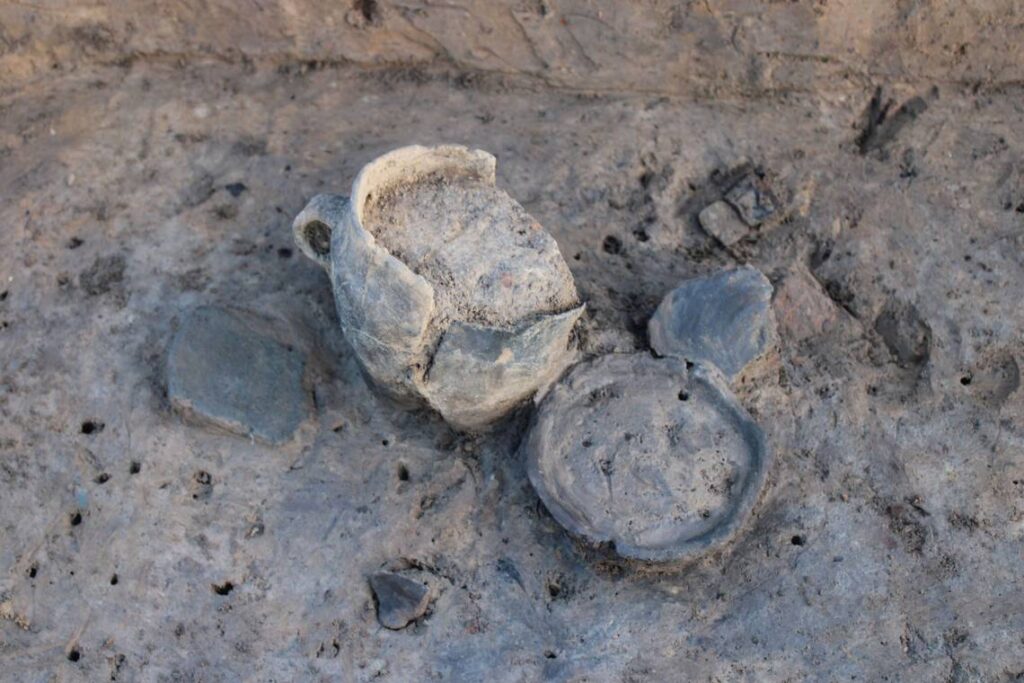
One particularly large circular kiln, excavated as a silo, has a thick refractory base indicating intense heat exposure.
The findings from Onnaing significantly contribute to our understanding of prehistoric life in northern France, complementing existing archaeological evidence in the region. Researchers believe the settlement may have held a special status within the community and acted as an important point of interaction among neighboring communities.
As excavations continue, experts hope that detailed analysis of the recovered materials will shed light on the social, economic, and technological dynamics of these ancient inhabitants, enriching our knowledge of their way of life and their role in the region’s history.
French National Institute for Preventive Archaeological Research (INRAP)
Cover Photo: French National Institute for Preventive Archaeological Research. Fredéric Audouit / InrapAncient artifact replicas
